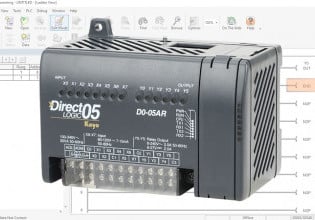A
Along with the Battery 125 vdc ground alarm I'm getting the TCQA P125-N125 overvoltage alarm on R, S & T. Monitoring with the DIAGC program the P125V (80 vdc) is going high and N125V (40 vdc) is going low every once in awhile. So I went out to the 125 vdc power panel and monitored the voltage to ground and it was doing the same thing the DIAGC was reading. Monitoring the logic it is the DC POWER SUPPLY POSITIVE LEG GROUND LOGIC (L64D_P) this is going high causing the alarm. This is taking place while the turbine is running but with it is shut down the P125vdc to ground reads 124 vdc and the N125vdc to ground reads 3 vdc. Could there be a bad solenoid on the unit or would it be a positive lead going to ground in the system somewhere?
I would appreciate any help I could get. Thanks.
I would appreciate any help I could get. Thanks.






